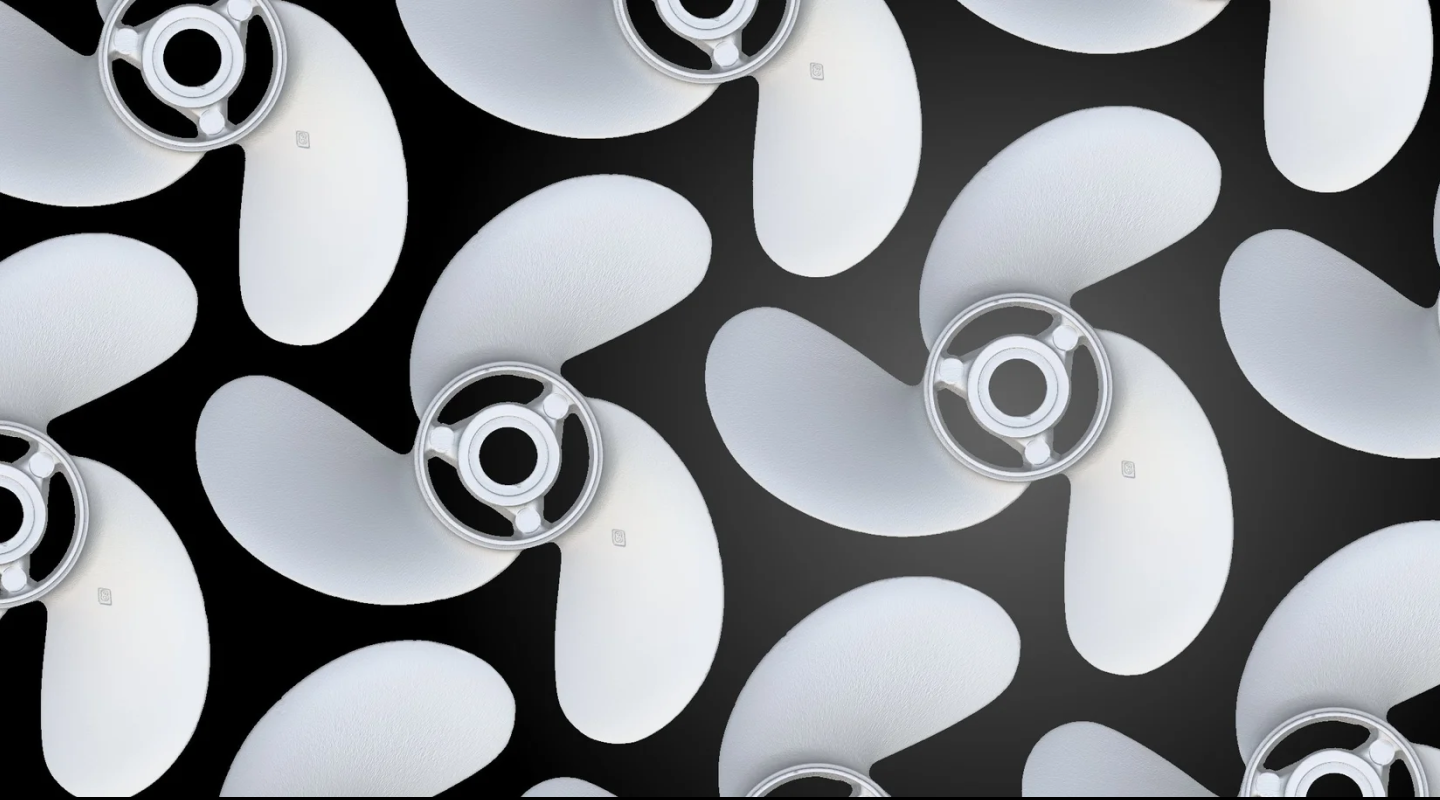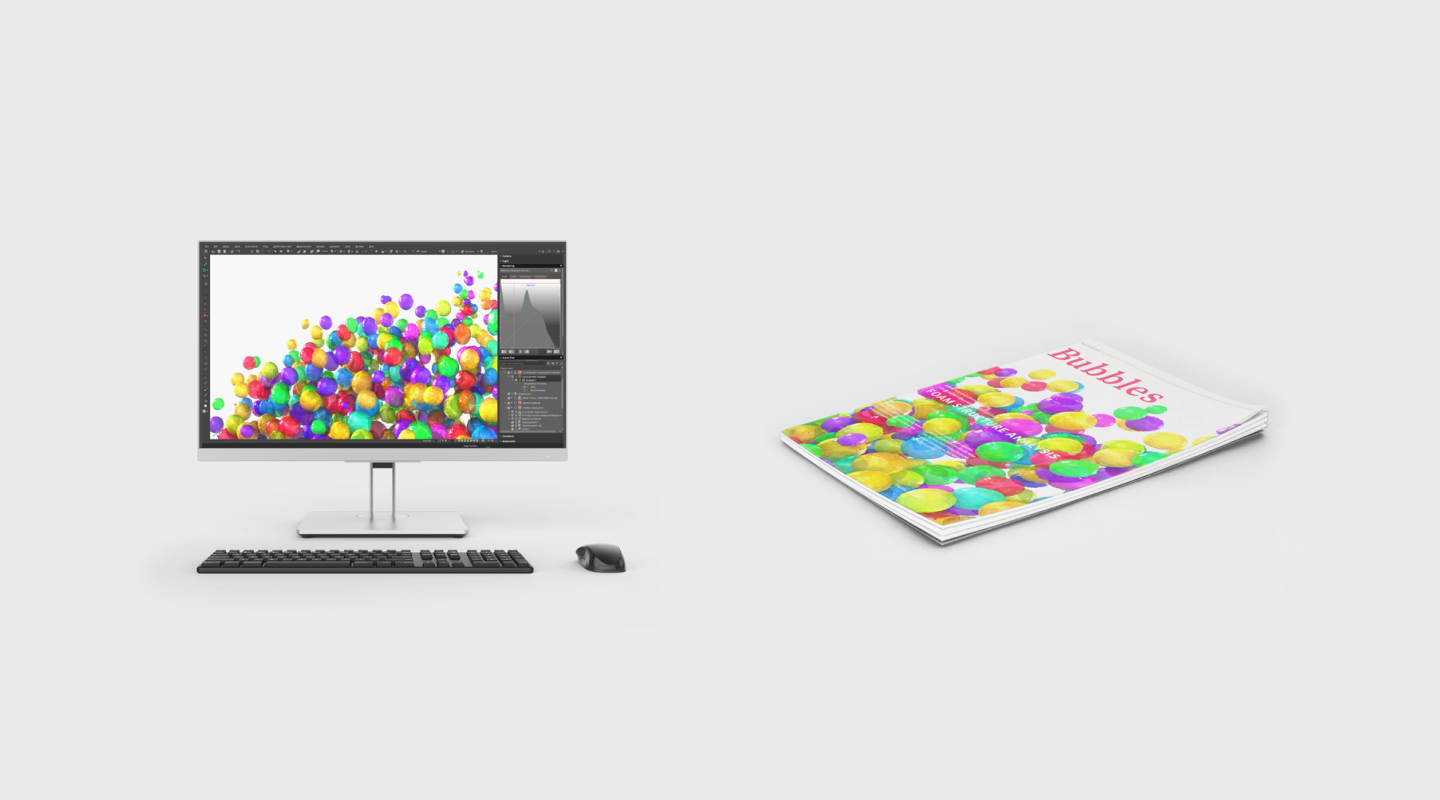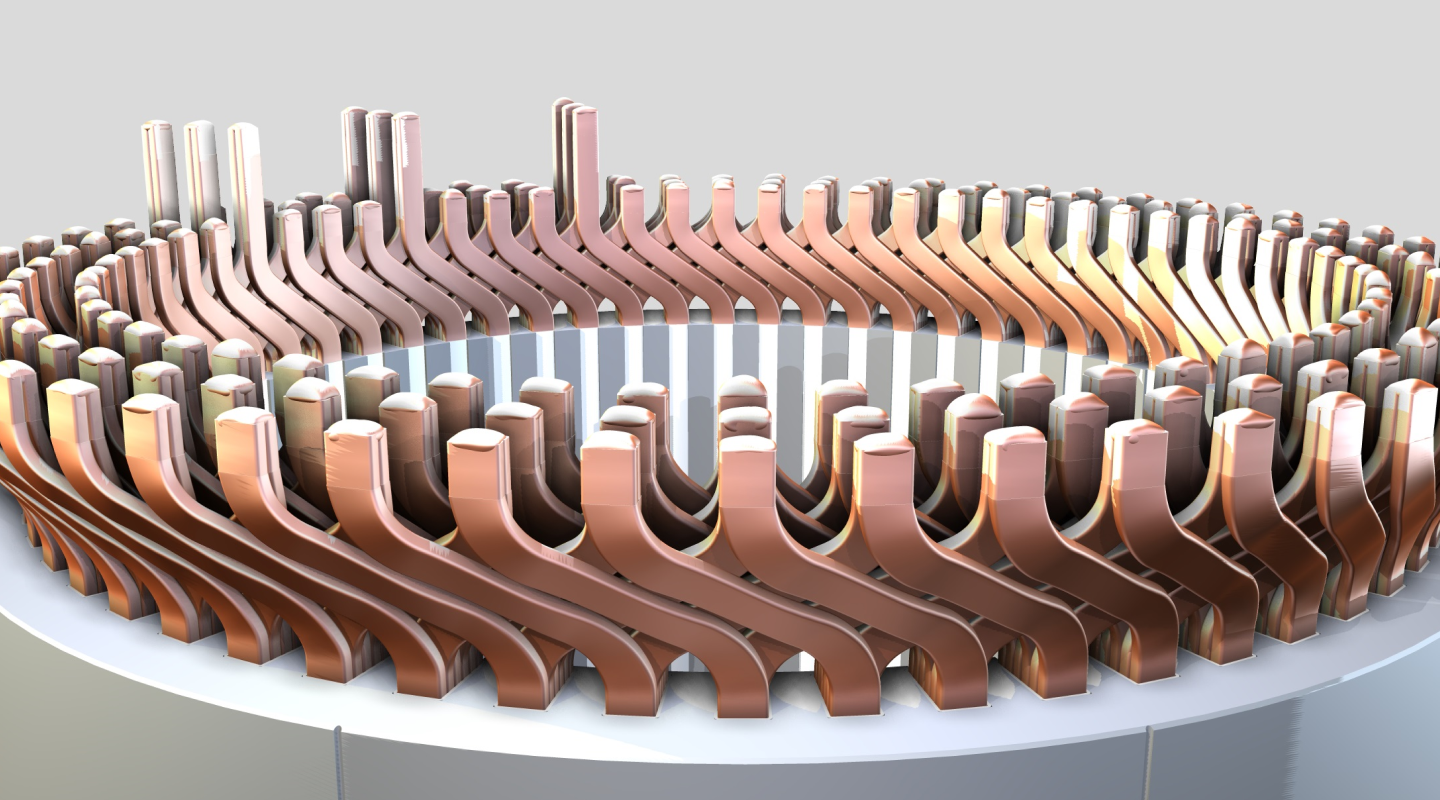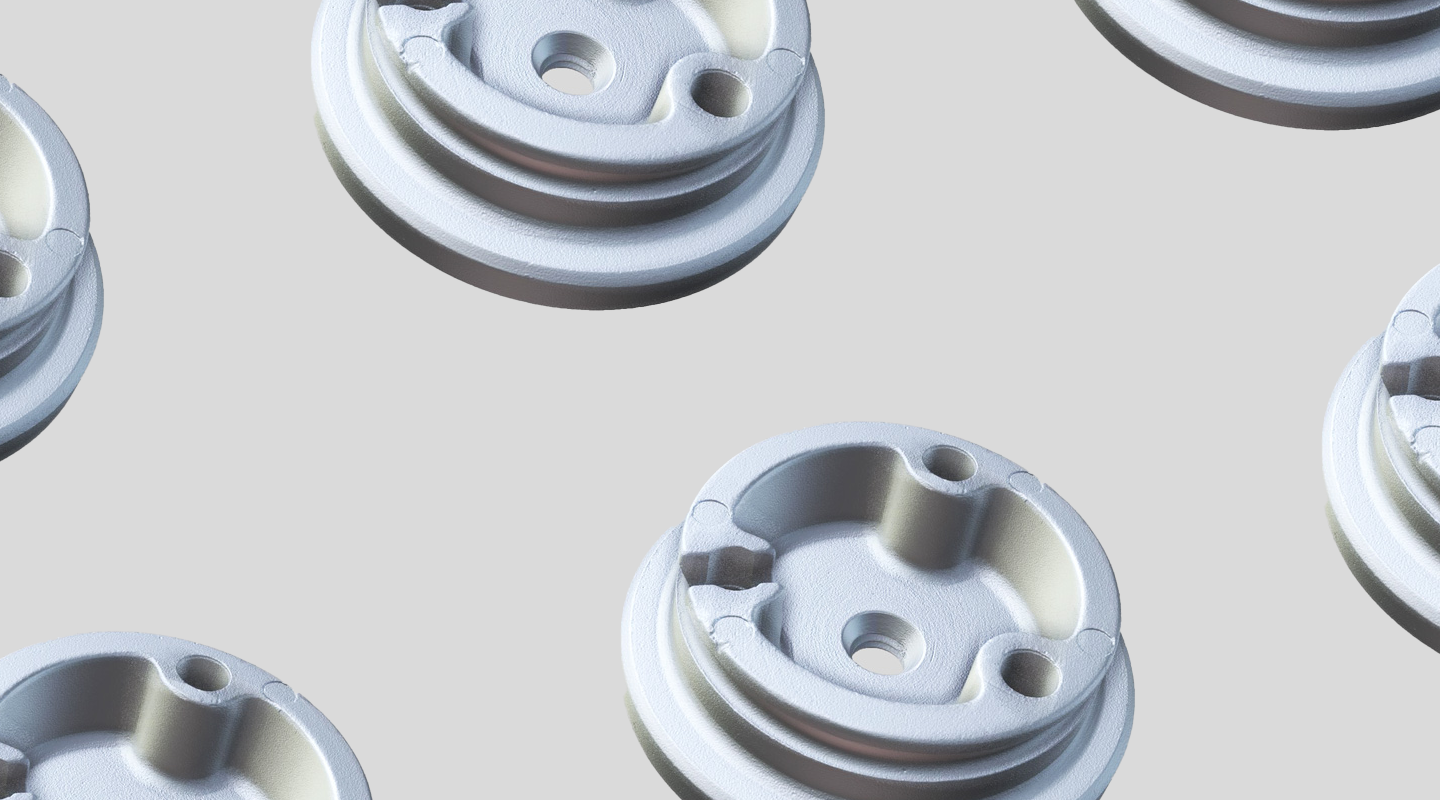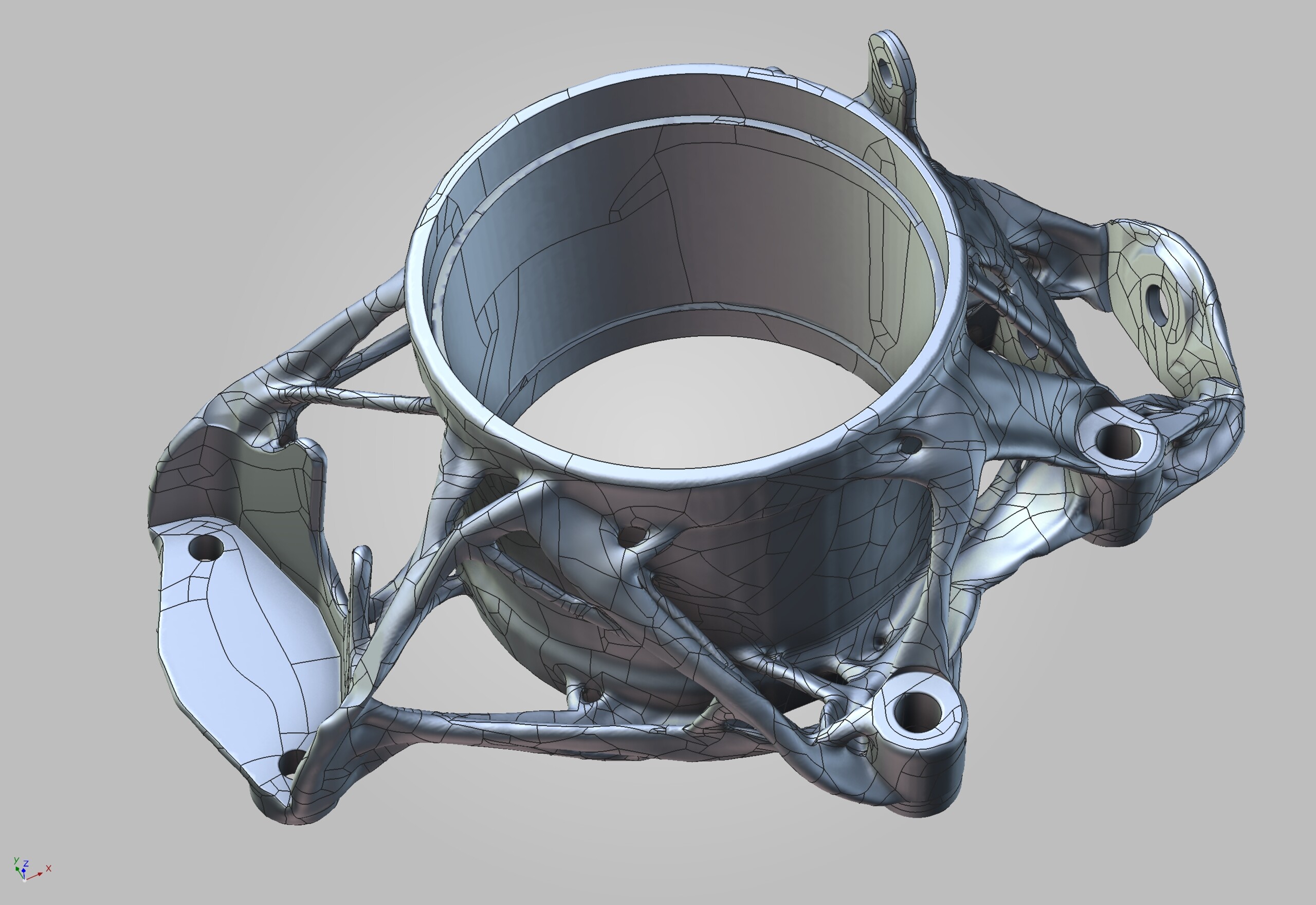Request Trial Licenses or Free Viewer

Explore NDE
Solutions
Products
Services
Company
Solutions
Products
Company
Explore NDE
When others stop at inspection, you level up
Elevate your inspection beyond standard analysis results toward actionable insights to move your products forward faster. Ready to learn how?
Join the future of 3D inspection
When quality is non-negotiable, you choose VG software.
VG software
When the only grey area you want to deal with is in your CT scan, your software selection needs to be black and white
Services
Why go it alone, when you can go with us?
Transform our extensive software capabilities into your most trusted ally.
Company
Voxel visionaries
As your one-stop NDE provider, we provide industry-leading solutions that redefine manufacturing and non-destructive testing possibilities.


